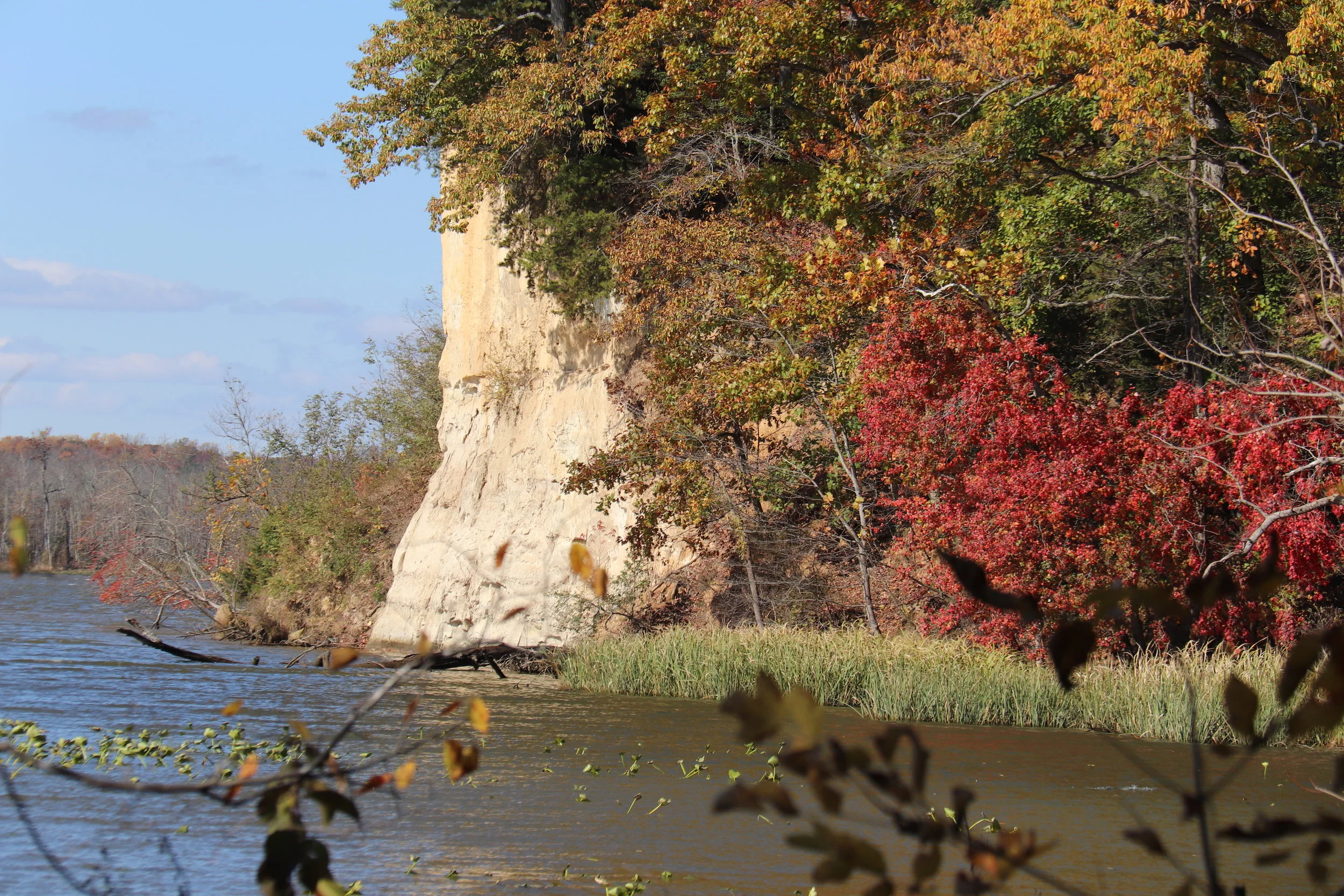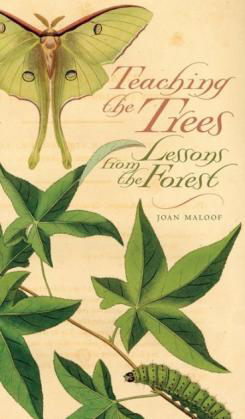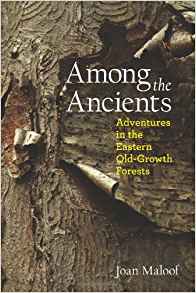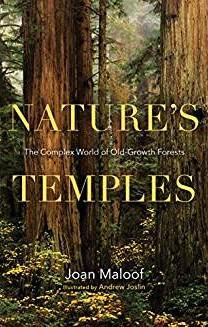Here are the proposed nominations for our 2019 program year. All nominees have agreed to serve if elected at the next MN meeting in November.
Northern Neck Master Naturalists Announce More Information Sessions for the 2019 Basic Training Course
Snake!
Master Natualists get New Recognition for Menokin Butterfly Garden
The butterfly garden is nurtured and tended by Earline Walker and Bryna Brennan.
https://menokinrubblewithacause.com/2018/09/13/its-good-to-have-friends/
Household Well Testing
Northern Neck Master Naturalists Announce Information Sessions for the 2019 Basic Training Course
2018 Virginia Master Naturalist Statewide Conference and Training
Early registration is now open for this year’s Master Naturalist statewide conference at the Fredericksburg Expo and Conference Center, September 7 - 9. This event is an annual opportunity for VMN volunteers to share ideas and learn from each other,and to participate in high-quality advanced training sessions.
Northern Neck Master Naturalists Announce 2019 Basic Training Program March – June 2019
NNMN will sponsor a Bus Trip to 2 sites on the Northern Neck on 7 Sept
The Importance of Meadows in our Ecosystem and Citizen Science
Reminder of the "The Importance of Meadows in our Ecosystem and Citizen Science" presentation at the Lancaster Community Library, Kilmarnock, May 8, 2018, 1:15 to 2:30PM.
Also check out the meadows page for the updated resources.
2018 Virginia Master Naturalist Statewide Photography Contest
Early Bloomers at Voohees Nature Preserve 3/14/2018
A group of Northern Neck VA Master Naturalists and a Nature Conservancy ranger went to Voorhees Nature Preserve, Nature Conservancy, at the Westmoreland Berry Farm in Westmoreland county, VA in mid March. We went to perform trail maintenance, inspect the preserve after the heavy wind storms this winter and look for early bloomers and ephemerals. There were a total of 5 plants that were blooming or almost blooming, 3 NN natives and 2 introduced species.
Landscaping with a Purpose – What’s Diversity Got To Do with It?
In the fragmented ecosystems where we live and work, the importance of diversity in our landscapes cannot be over emphasized. Here is a great article that is not too technical and easy to read on why a diversity of native plants is so important when we are practicing ecological landscaping and gardening.
App Review - Snapseed Mobile Photo Editing V2.18, Free
Highland Place Meadow Project Meeting Notes
Meadow Notes: 7 February 2018
The Northern Neck Master Naturalist Chapter starts its 11th year ...
The Northern Neck Master Naturalist Chapter starts its 11th year with a robust and active membership. In 2017 our 73 active members drove over fifty thousand miles to perform 5,445 hours of volunteer work, surpassing 2016 by 28%. They also completed 855 hours of continuing education, 48% more than 2016. In all 33 members were recertified, eight achieved initial certification and 17 completed the 2017 Basic Training Class.
Book Reports 1, January 2018
Lessons from Old Growth Forests
Review by Betsy Washington
Joan Maloof is a Professor Emerit a of Biology and Environmental Studies at Salisbury University in Salisbury, MD. She is an ecologist, writer, conservationist, and above all a “lover of old growth forests”. These days Maloof spends her time writing, lecturing, visiting and observing forests, and helping private landowners and local groups protect the few remaining old growth forests from development.
Her books have won numerous awards for her passionate and eloquent writing. All of them are immensely readable and take us on a series of intriguing adventures deep into the mysteries of old growth forests and “left alone places”. As one reviewer wrote, “Malo of examines forest ecology, often from the perspective of the weevils that inhabit acorns, snails that live in the rich debris below trees, and parasitic wasps that dwell on a species of leafminer found only in American Holly. Clearly to know such details is to care about them.” Grab one of Maloof’s fascinating books and curl up by the fire for a naturalist’s perfect antidote for a cold winter’s day.
In 2005, Maloof published her first book, Teaching the Trees, Lessons from the Forest, and shared her love and wonder at the beauty and complexity of these forests through a series of eloquent essays exploring the connections between a tree species and the fauna that depend on it. The book contains illustrations from naturalist - artist John Abbot’s book - The Natural History of Rarer Lepidopterans in Georgia - published over 200 years ago; the illustrations are a treat in themselves.
In 2011 Maloof published, Among the Ancients: Adventures in the Eastern Old Growth Forests. With less than ½ of one percent of old growth forests still left in the Eastern United States, Maloof realized that many readers will never see such a forest. She takes the reader on an intimate tour of 26 old growth forests east of the Mississippi River – one in each state, all open to the public. From old growth hemlock forests in Pennsylvania to Oak, Hickory, and Tulip Poplar forests in Ramsay’s Draft Wilderness in the George Washington National Forest in Virginia, she shows us the rich diversity of life that these ancient forests support. And she provides directions, so that the adventurous reader might also experience their wonder.
Following in 2016, she published Nature’s Temple: The Complex World of Old - Growth Forests where she explores the intricate web of relationships that make old growth forest ecosystems so uniquely rich and biodiverse. With chapters entitled, “Birds and Their Habitat Preferences” , “Snails as Indicators” , and “Herbaceous Plant Populations and Logging” , she explores recent research comparing species diversity in old age, second growth, and recently cut forests. She argues eloquently that forest snails and salamanders may be the best indicators of a forest’s health, and that while ground or herbaceous layer 11 plants make up only 1% of a forest’s biomass, they account for over 90% of the plant diversity. Maloof points out that, “the diversity of all other organisms in a forest, from butterflies to mammals, is more closely correlated with herbaceous plant div ersity than it is with tree species diversity”, and this diversity does not appear to be recovering, even after several hundred years.
Book Report 2 January 2018
Following the Wild Bees
Review by Jeff Wright
I read Following the Wild Bees toward expanding my understanding of those amazing little flying objects – bees. As an avid birder and a novice butterfly and dragonfly observer I decided that I needed to be able to better identify and understand bees. I am not yet ready to ID mosquitoes as a hobby – before or after they bite.
This excellent and easily readable book focused on the ancient practice and sport of bee hunting and bee lining. With the NNMN chapter’s past and current focus on pollinators, meadows, and bees I picked up the book as a reference and was extremely pleased that it is also a great read. The book focuses – on a second way – besides beekeeping – for people to get close to these fascinating creatures. The open - air sport called bee hunting has the bee hunter tracking, locating, identifying, and reporting on bees living in the wild. This sport and related agricultural practices can be traced back to writings from the first century A.D. and was practiced widely in Europe, North America, the Middle East, and Africa.
Selected excerpts from Reviews and Endorsements of the Book
Following the Wild Bees is scientific natural history at its very best: original, authentic, and exciting. It is at the same time science, science history, adventure, sport, and treasure hunting."
-- Edward O. Wilson, Harvard University
"Seeley's passion for the social insects blazes as he quotes historical accounts by Henry David Thoreau and describes the intricacies of the chase, from baiting with anise - scented sugar syrup to patiently amassing location data"
-- Barb Kiser, Nature
The book received an Honorable Mention for the 2017 PROSE Award in Popular Science and Popular Mathematics, Association of American Publishers. The author, Thomas D. Seeley, is a Professor in Biology in the Department of Neurobiology and Behavior at Cornell University . “His research focuses on the behavior, social life, and ecology of honey bees and has been summarized in four books: Honeybee Ecology (1985, Princeton), The Wisdom of the Hive (1995, Harvard), Honeybee Democracy (2010, Princeton), and Following the Wild Bees (2016, Princeton).”
Following the Wild Bees , 2016, Princeton University Press, is available in Hardback and as an E - book
Time to Look at those Seed Catalogs
Attention all potential meadow makers:
This is the perfect time of year to go through seed catalogues and fantasize about your spring meadow.
To get you started, below are some places to buy seeds. Not all of the seeds are native to the Northern Neck. For more information on our natives refer to NNNPS.org.




















